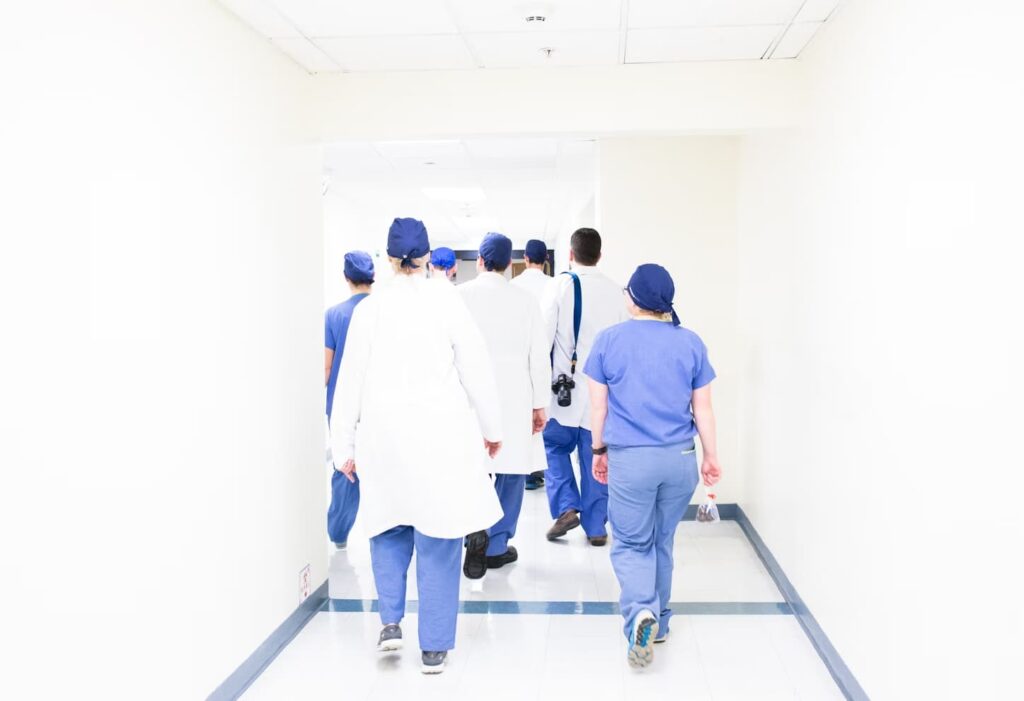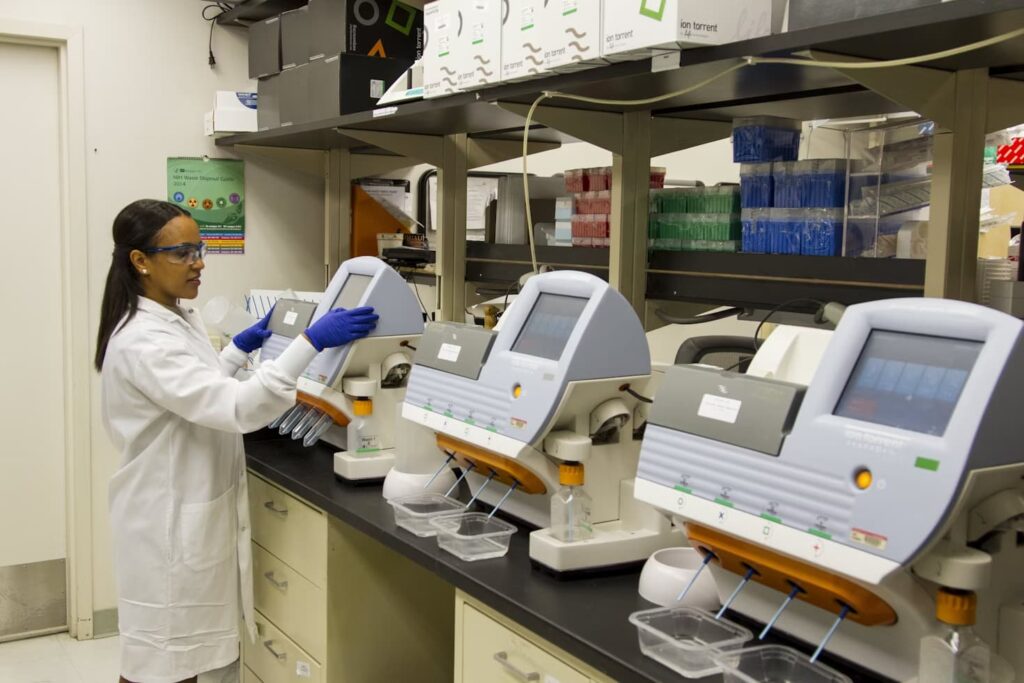The relationship between Non-Governmental Organizations (NGOs) and medical institutions has become increasingly significant in the global effort to improve healthcare delivery. This collaboration has led to notable advancements in medical care and operational efficiency, particularly in underserved areas. By leveraging their respective strengths, NGOs and medical institutions are able to create synergies that enhance patient care, streamline processes, and extend healthcare access to populations that might otherwise be neglected. This article explores how these partnerships function and the positive outcomes they produce.
Enhancing Medical Care Through NGO-Medical Institution Partnerships
NGOs and medical institutions often collaborate in various ways to enhance the quality and accessibility of healthcare services. These partnerships are particularly vital in regions where healthcare infrastructure is lacking or where specific health crises arise, necessitating immediate and effective responses.
Expanding Access to Healthcare Services
One of the primary ways NGOs and medical institutions cooperate is by expanding access to healthcare services in remote or underserved areas. NGOs frequently have the on-the-ground presence and local knowledge that enable them to identify and address gaps in healthcare provision. They often work alongside hospitals, clinics, and other medical facilities to set up mobile clinics, organize health camps, and implement outreach programs that bring essential services to those who might otherwise go without care.
For instance, in rural areas of developing countries, where medical facilities are sparse and travel to urban centers is challenging, NGOs often collaborate with local health institutions to deploy mobile health units. These units, equipped with basic medical supplies and staffed by trained professionals, travel to isolated communities to provide primary healthcare, vaccinations, and maternal and child health services. This collaboration not only increases access to healthcare but also builds trust within communities, encouraging more people to seek medical assistance when needed.
Beyond improving access to healthcare, NGOs are essential in educating communities on health matters, preventive measures, and the need for timely medical intervention. Their educational initiatives are frequently carried out in collaboration with local medical institutions, ensuring that the information shared is both accurate and culturally sensitive, while aligning with national health guidelines. This approach leads to a better-informed public that is more capable of managing its health effectively, thereby alleviating pressure on already strained medical facilities.

Addressing Specific Health Crises
Another significant area of cooperation between NGOs and medical institutions is in responding to health crises, such as outbreaks of infectious diseases, natural disasters, or conflict-related health emergencies. In such situations, the rapid and coordinated response made possible by these partnerships can be the difference between containment and widespread disaster.
During the Ebola crisis in West Africa, NGOs collaborated closely with both local and international medical institutions to deliver essential support to the affected regions. NGOs were instrumental in establishing treatment centers, training healthcare personnel, and engaging with communities to raise awareness about virus prevention. Meanwhile, medical institutions contributed their expertise and resources for patient care and disease research. This partnership not only aided in controlling the outbreak but also reinforced the region’s healthcare infrastructure, making it more resilient to future health emergencies.
Similarly, in the aftermath of natural disasters like earthquakes or hurricanes, NGOs often partner with medical institutions to deliver emergency medical care to affected populations. They help to establish temporary medical facilities, distribute essential supplies, and coordinate the logistics of patient care. This rapid response is crucial in preventing the spread of disease and addressing the immediate health needs of those impacted by the disaster.
Increasing Efficiency Through NGO-Medical Institution Collaboration
Beyond improving medical care, the cooperation between NGOs and medical institutions also leads to increased efficiency in healthcare delivery. By sharing resources, expertise, and infrastructure, these partnerships can reduce duplication of efforts, lower costs, and ensure that healthcare services are provided in a more streamlined and effective manner.
Resource Sharing and Capacity Building
One of the key benefits of NGO-medical institution partnerships is the ability to share resources, such as medical supplies, equipment, and personnel. NGOs often have access to funding and donations that can be used to purchase much-needed medical equipment, which they then provide to partner institutions. In return, medical institutions offer training and capacity-building opportunities to NGO staff, ensuring that they are well-equipped to deliver high-quality care.
For example, in many regions, NGOs provide medical institutions with donated equipment, such as X-ray machines, ultrasound devices, or laboratory supplies. These donations are often accompanied by training programs that teach local healthcare workers how to use and maintain the equipment effectively. This not only improves the quality of care provided but also enhances the overall capacity of the medical institution to serve its community.
In addition to equipment, NGOs often facilitate the sharing of medical expertise between institutions. They may organize exchange programs or provide funding for medical professionals to attend specialized training courses. This cross-pollination of knowledge helps to raise the standard of care across the board, ensuring that even in resource-limited settings, patients receive the best possible treatment.

Streamlining Healthcare Delivery
NGOs and medical institutions also collaborate to streamline healthcare delivery, making it more efficient and reducing the burden on healthcare systems. One way they achieve this is by implementing integrated healthcare models that combine the strengths of both partners to provide comprehensive care.
For instance, some NGOs work with medical institutions to develop community-based healthcare programs that focus on prevention, early detection, and management of chronic diseases. These programs often involve training community health workers to conduct screenings, provide basic care, and refer patients to medical facilities when necessary. By addressing health issues at the community level, these programs reduce the number of patients who require hospitalization or specialized treatment, thereby easing the strain on medical institutions.
Additionally, NGOs often assist medical institutions in adopting new technologies and innovative practices that can improve efficiency. This might include implementing electronic health records (EHR) systems, which streamline patient information management, or introducing telemedicine services, which allow patients in remote areas to consult with specialists without the need to travel. By integrating these technologies into their operations, medical institutions can provide more timely and accurate care, while also reducing costs and improving patient outcomes.
Conclusion
The collaboration between NGOs and medical institutions represents a significant driving force in advancing global healthcare. By joining forces, these entities can elevate the quality of medical care, broaden service accessibility, and boost healthcare system efficiency. Whether addressing healthcare needs in underserved regions, tackling health emergencies, or pooling resources and expertise, the alliance between NGOs and medical organizations is crucial for fostering a healthier and more equitable world. As these partnerships develop, they are expected to play an increasingly pivotal role in tackling the multifaceted health challenges that lie ahead.
